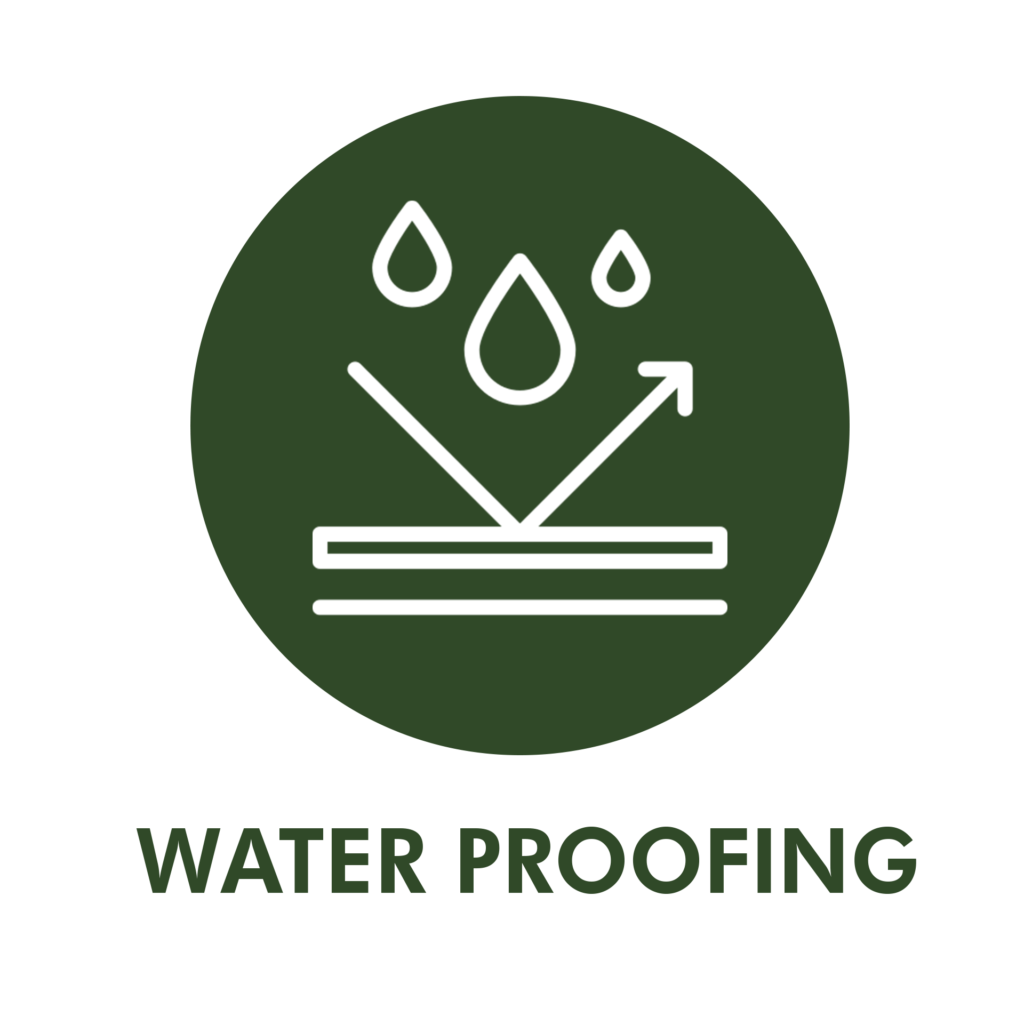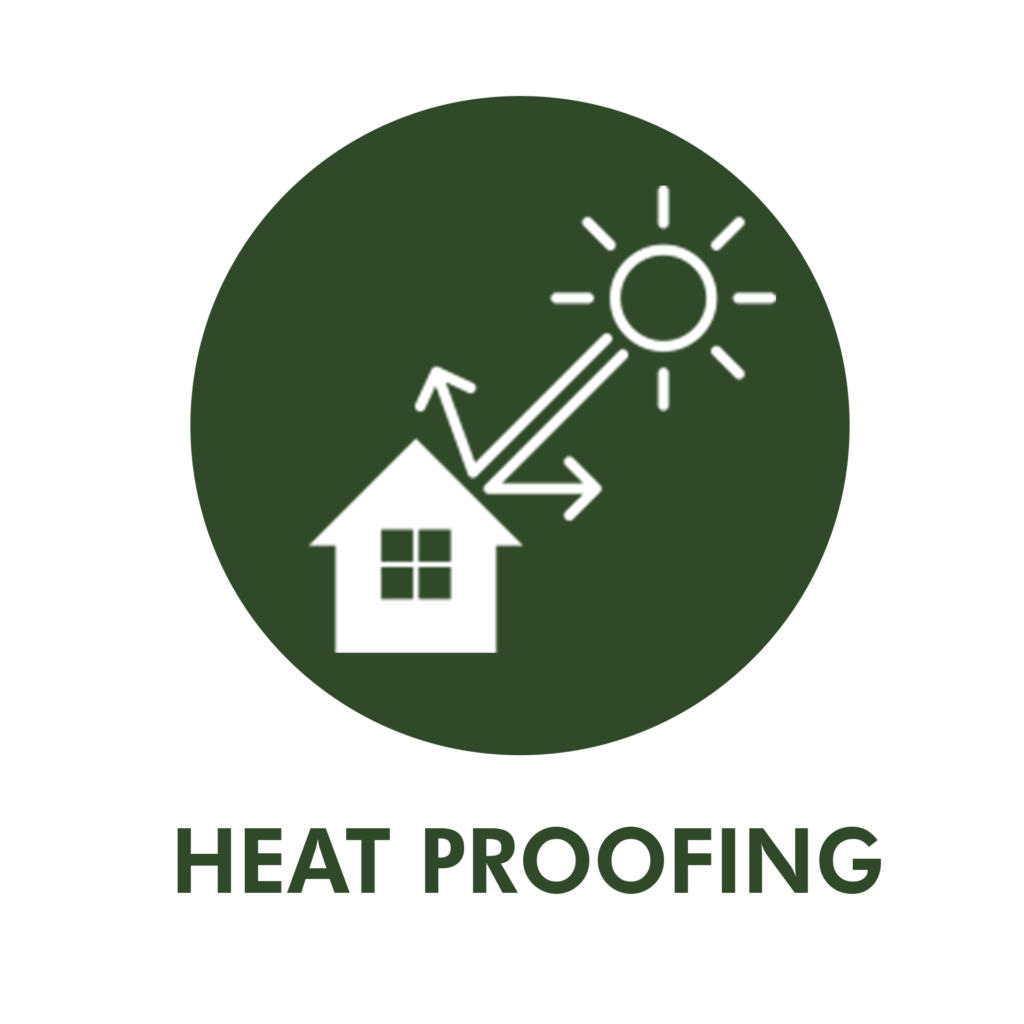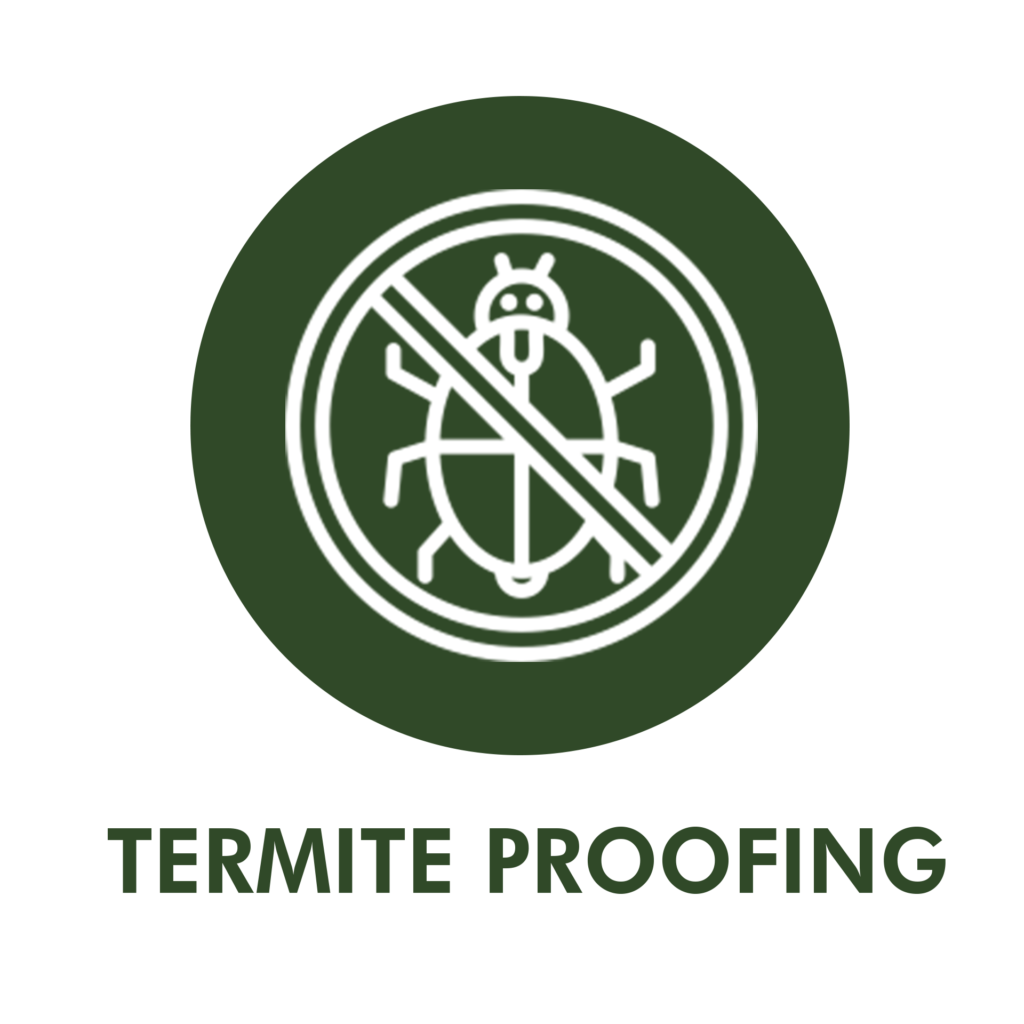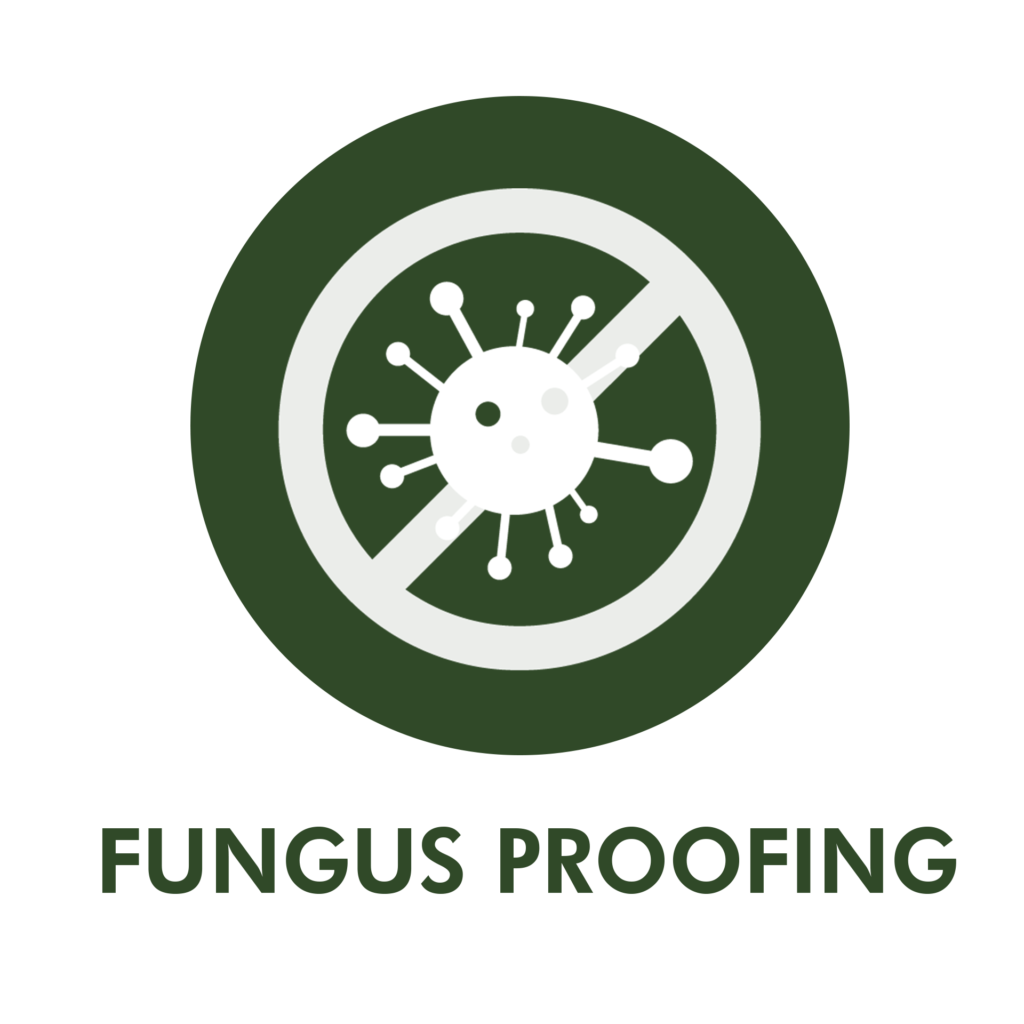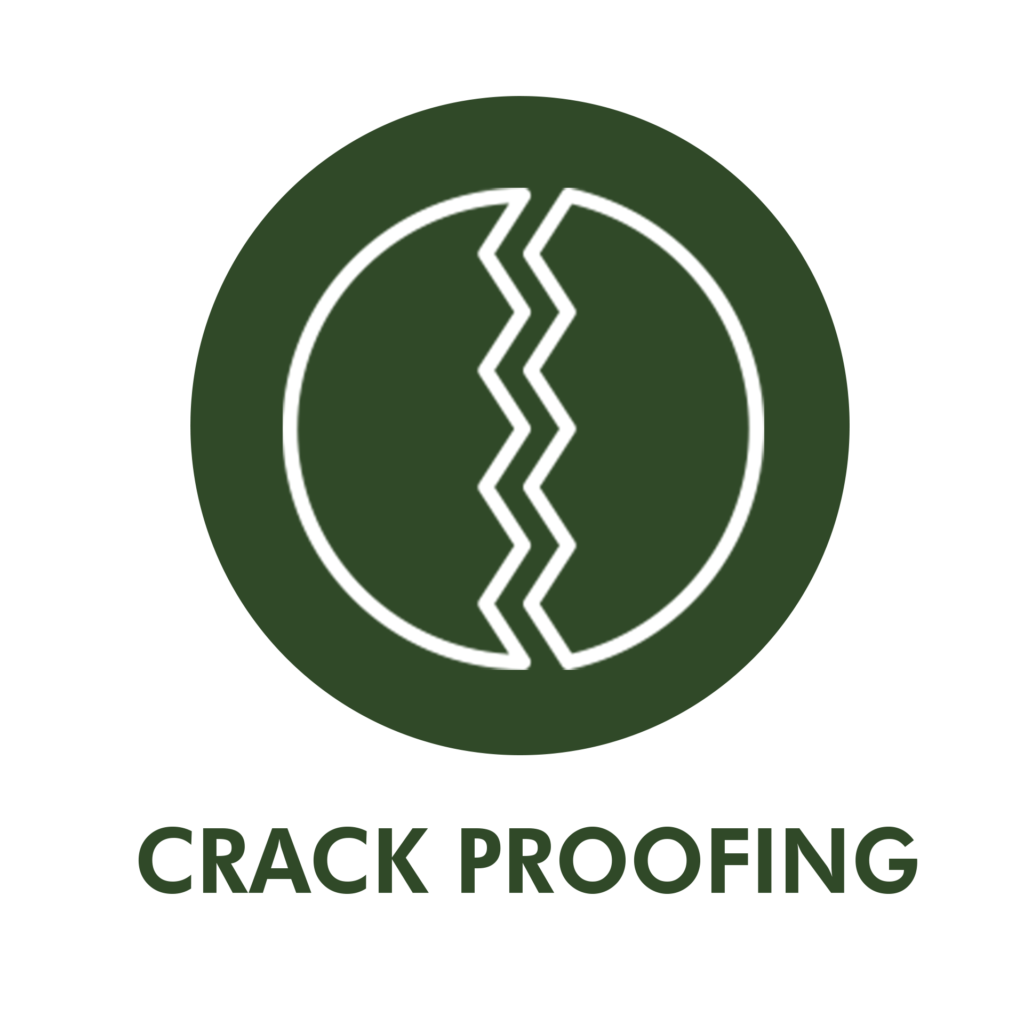360° Protection
THE FIVE PARTS OF COMPLETE PROTECTION
WHY WATER LEAKAGE?
Water leakage develops as a result of a variety of factors that contribute to its occurrence and persistence. These variables include using inferior building materials, the unpredictability of ambient conditions and weather patterns, the thermal expansion and contraction of cementitious surfaces, a lack of experienced labor, and a short curing period during construction. The combination of these components in structures causes water infiltration and subsequent leaks. Addressing these underlying reasons is crucial to minimizing water leakage and preserving the structural integrity and durability of buildings.
WHY DO YOU NEED TO WATERPROOF?
While painting improves the appearance, it is important to remember that it does not provide sufficient waterproofing. Waterproofing as an important aspect of construction or maintenance allows one to protect their home proactively, minimizing future water-related problems and assuring the structure’s resilience for years to come.
WHERE ALL SHOULD WE WATERPROOF?
Foundations, Footing, Plinth beam, Underwater tanks Bathroom, Water Tanks, Kitchen Columns & Beams Roofs, Terrace, Sunshades Vertical surfaces- Interior & Exterior walls
HOW TO WATERPROOF?
INTEGRAL WATERPROOFING
Integral waterproofing is a method that enhances the water resistance of concrete or mortar. By adding waterproofing additives during mixing, it forms a barrier against water penetration, preventing damage from leaks and seepage. It ensures durability and creates a safer environment for various structures. This improves the following
- Reduces the chances of cracks due to thermal expansion
- Increases the strength of concrete
- Blocks the rusting of iron bars inside
PENETRATIVE WATERPROOFING
Penetrative waterproofing protects surfaces from water infiltration by forming a deep-penetrating barrier. Penetrating sealers such as silanes, siloxanes, and silicates penetrate the concrete to form a chemical barrier that shields against moisture and deicing chemicals. The following aspects are achieved:
- Changes the hydrophilic nature of concrete to hydrophobic
- Breathable protective layer with no color imparted
- Extra stain-blocking properties
Layer waterproofing involves applying a protective layer or membrane on the surface to prevent water penetration. This layer acts as a barrier, shielding the structure from moisture damage, leaks, and seepage. It ensures long-term durability and safeguards against water-related issues, providing a secure and protected environment.
- Blocks water or moisture into the substrate
- Imparts a flexible and elastomeric membrane


